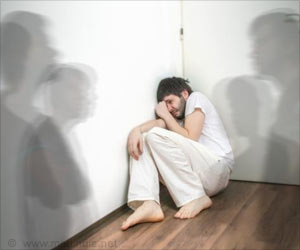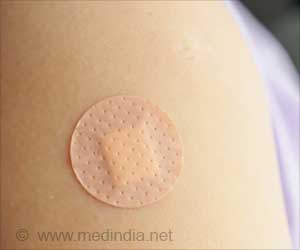Website HealthMap has started to identify outbreaks of infectious diseases earlier than traditional methods, say reports.
Reports say the HealthMap website has started to identify outbreaks of infectious diseases earlier than traditional methods.
It culls through new websites, public health list servs, the World Health Organizations' online pages, and other sites in six different languages to pinpoint outbreaks of disease that real-world doctors can then act on."We were originally thinking about how we could expand disease surveillance and pick up outbreaks earlier than traditional methods," Discovery News quoted John Brownstein of Harvard Medical School and Children's Hospital Boston, who created HealthMap in September of 2006 with Clark Friefeld, a software developer at Harvard Medical School, as saying.
"It was a pilot project, a side gig for us," said Brownstein.
He has revealed that Google.org started to fund HealthMap about nine months ago, and then "all of a sudden, it just took off."
The website gathers information from the internet, and then filters it to remove duplicated or irrelevant information, he says.
Brownstein says that HealthMap can pinpoint an incident of bubonic plague in Siberia, for example, while ensuring that a "plague" of home foreclosures in northern California does not show up on the free access Google Maps.
Advertisement
HealthMap even detected the ongoing salmonella outbreak in the US - the cause of which is till unknown - before the CDC announced anything.
It's not that only doctors, specialists, and public health officials can gain useful data from HealthMap - travellers can also see information regarding disease outbreaks and get vaccinated before they leave.
Madoff and Brownstein, however, agree that there is room for improvement.
They have revealed that experts behind HealthMap are trying to expand operations, and increase the amount of detailed information for each particular outbreak.
The team is also incorporating other sources of information like blogs and chat rooms, says the expert duo.
Brownstein and Madoff concede that such sources may not be more reliable than traditional sources, but insist that they may alert authorities to outbreaks much sooner than traditional detection methods.
"We hope to improve that score of 95 percent by picking up that needle in the haystack, the quiet, early indication of potentially serious outbreaks," said Brownstein.
Source-ANI
RAS/M









